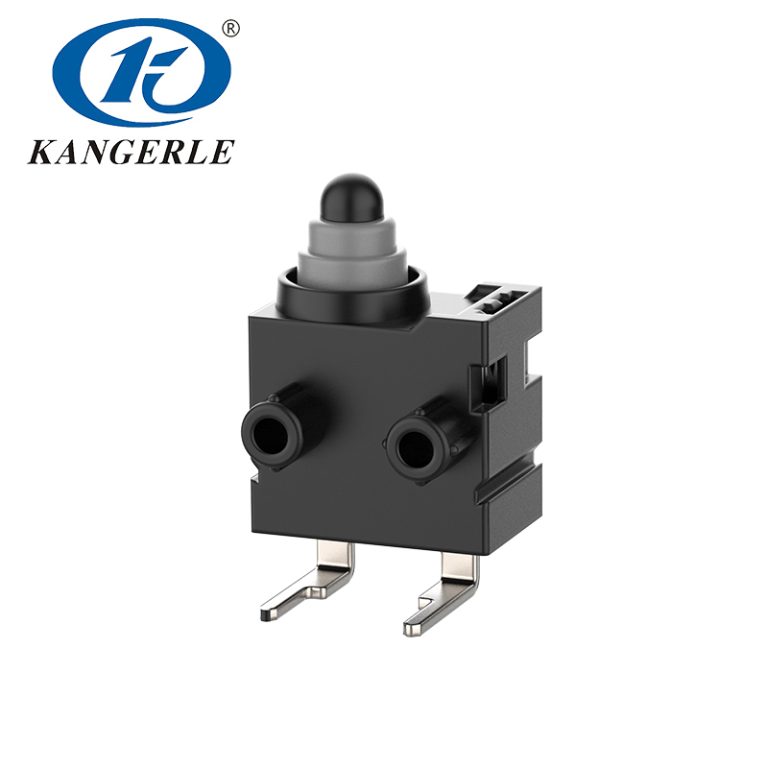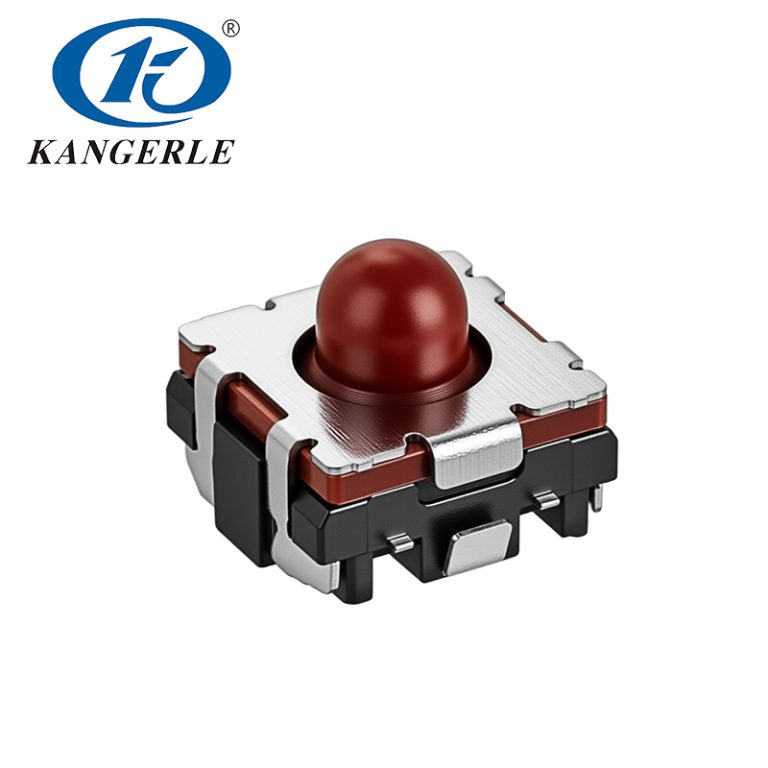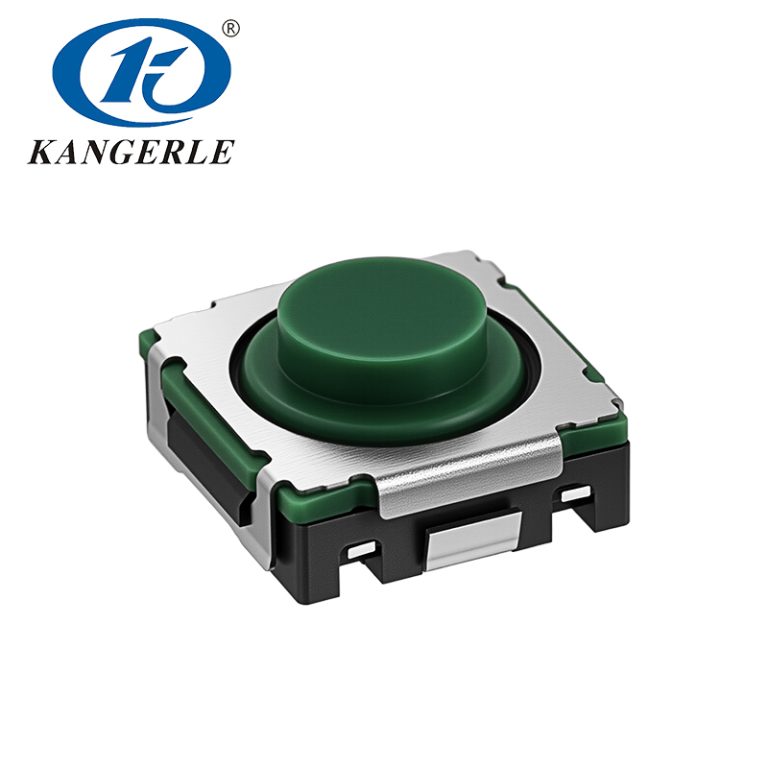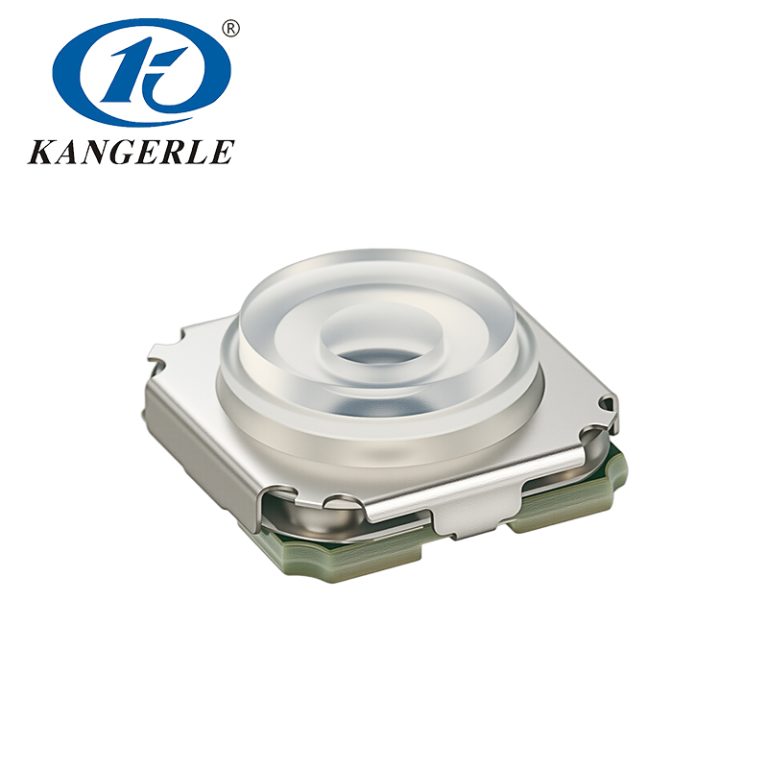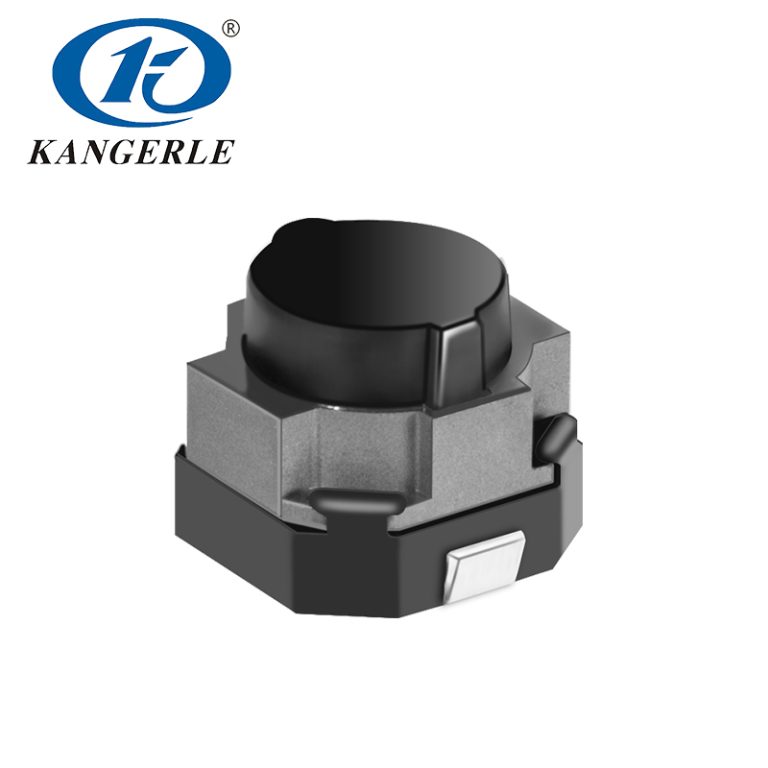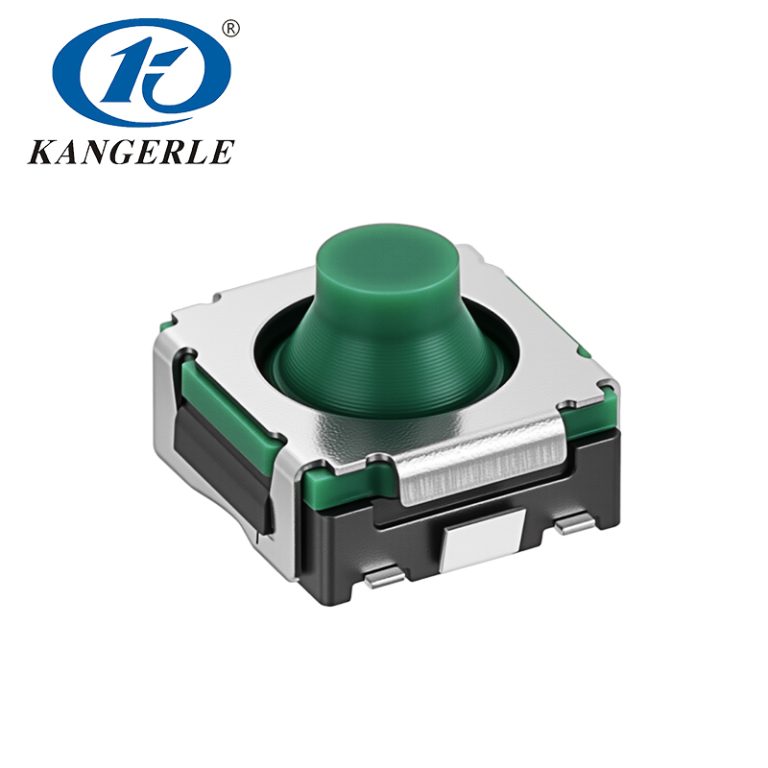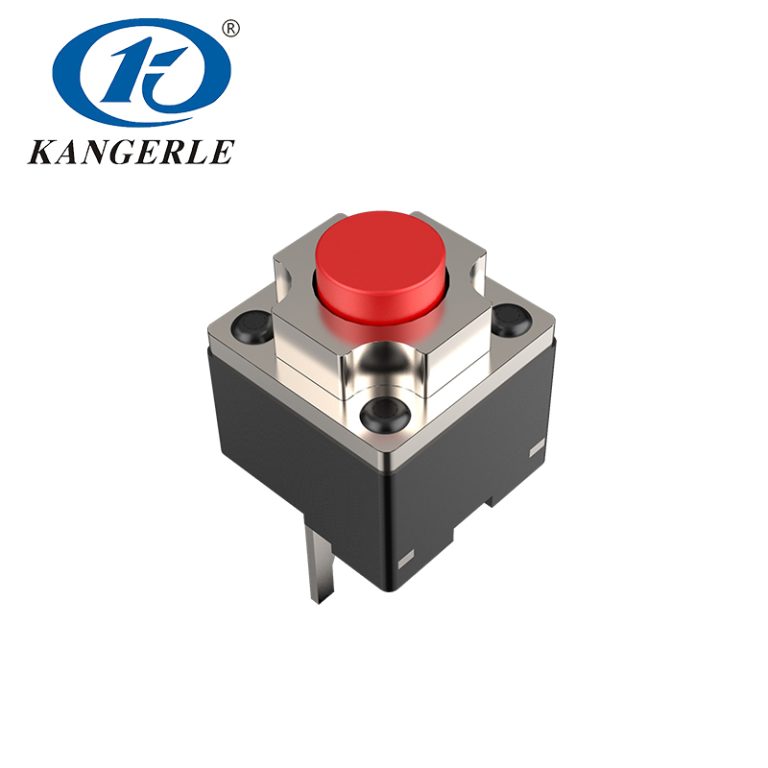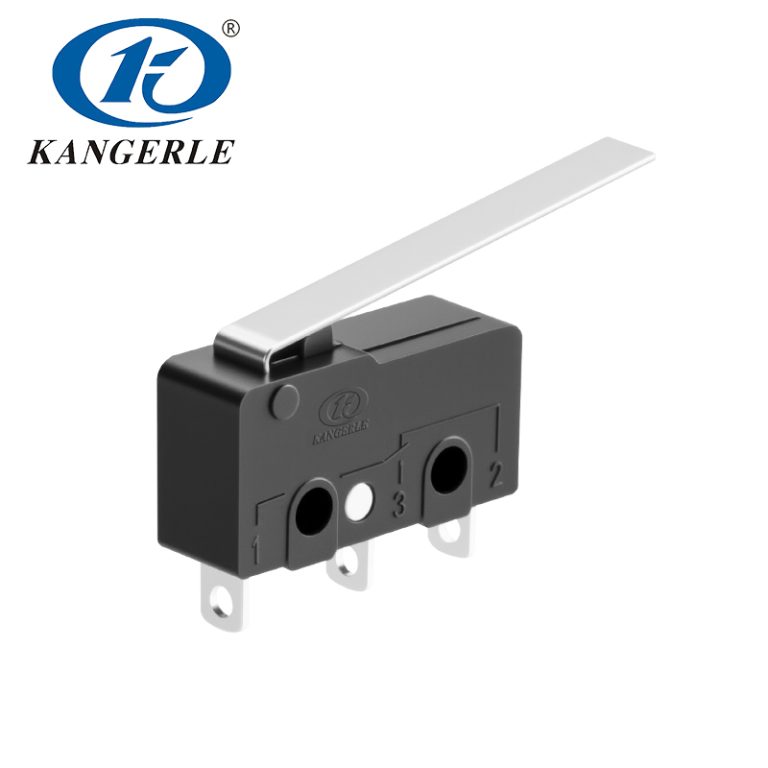
Micro switches are small but powerful parts that play a big role in many devices we use daily. Whether you’re a hobbyist, an engineer, or just curious about how things work, learning all about micro switches can spark new ideas. This article goes deep into their design, use, and care, giving you a clear guide to value their importance and use them well.
What Are Micro Switches?
Micro switches are tiny switches that snap into action with a light push. They’re known as miniature snap-action switches and are super reliable and quick. These little helpers are key in smart gadgets and safety setups because they handle both small and big electrical loads easily.
A typical micro switch has three main pins: Common (C), Normally Closed (NC), and Normally Open (NO). The Common pin is the starting point. The NC and NO pins switch roles when you press the switch. With a small gap between contacts, they offer precise control, making them perfect for many tasks.
How Do Micro Switches Work?
The secret of a micro switch lies in its actuator—a lever or button you press to flip it. When you push it, you’ll hear a clear “click,” showing the contacts have moved. This either opens the NC circuit or closes the NO circuit, depending on how it’s set up.
Here’s how it works simply:
- At rest: The NC pin links to the Common pin, letting current flow.
- Pressed: The lever shifts, breaking the NC link and connecting the NO pin to the Common pin.
- Released: It snaps back, reconnecting the NC.
This quick shift ensures fast, steady switching, great for jobs needing fast reactions.
Inside a Micro Switch: Construction Details
Making a micro switch involves several pieces, each doing its part:
- Plunger/Actuator: The part you press to start the switch.
- Cover: Shields the inside from dirt and harm.
- Moving Piece: Shifts the contacts when you press the actuator.
- Support: Holds the switch firmly in place.
- NO Terminal: Open at first, closes when triggered.
- NC Terminal: Closed at first, opens when triggered.
- Contact: A metal piece that connects or breaks the circuit.
- Moving Arm: The lever that passes your press to the contacts.
This neat design, often with holes for mounting, makes it easy to set up and keeps it stable with little effort.
Exploring Different Types of Micro Switches
Micro switches come in various styles, fit for different needs:
- Pin Plunger: Best for short, straight pushes, good for exact spotting.
- Hinge Roller Lever: Works for longer moves, nice for turning objects.
- Short Straight Lever: Balances sensitivity and reach well.
- Long Straight Lever: Extends the range for bigger devices.
Each style fits different jobs, like spotting paper or locking doors, showing how flexible they are.
Wide-Ranging Applications of Micro Switches
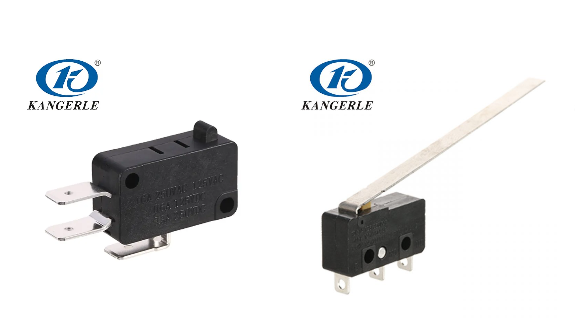
Micro switches are all around us, quietly keeping things running. Here are some key uses:
- Home Appliances: Control timers in microwaves or check door shuts.
- Automotive: Watch brake switches or seatbelt sensors.
- Safety Systems: Stop elevator doors from closing on obstacles.
- Industrial Equipment: Act as limit switches in machines.
- Consumer Electronics: Spot paper jams in printers or coins in vending machines.
Their ability to team up with other parts for timing or safety makes them a must-have in many fields.
Maintaining Your Micro Switch for Longevity
Keeping a micro switch in good shape isn’t tough but needs care. Try these tips:
- Clean Regularly: Wipe with a dry cloth to remove dust—skip water or chemicals.
- Avoid Harsh Spots: Keep away from explosive or wet areas.
- Check Contacts: Make sure the lever moves smoothly and the gap is right.
- Watch Power: Look out for voltage jumps that could wear it out.
- Schedule Checks: Look it over every few months if used a lot.
With good care, these switches can last years, saving you money on replacements.
Customization: Tailoring Micro Switches to Your Needs
For special projects, tweaking a micro switch can make a big difference. Working with a maker, you can adjust materials, sizes, or push strength to fit your plan. This often includes making molds, testing samples, and scaling up production, ensuring the switch matches your goal perfectly. Whether for medical tools or factory machines, custom options boost performance and trust.
Benefits and Drawbacks
Advantages
- Reliable and fast, with a long life.
- Cheap and easy to maintain.
- Stands up to dust and water in many cases.
- Fits a wide range of uses.
Drawbacks
- Low-quality parts can cause breakdowns.
- May wear out with heavy, constant use.
- Sensitive to tough conditions if not protected.
Thinking about these points helps you pick the best switch for your work.
About ZHEJIANG KANGERLE ELECTRONICS CO., LTD as a Micro Switches Supplier
ZHEJIANG KANGERLE ELECTRONICS CO., LTD, based in Wenzhou, China, has been a solid name in micro switch making since the early 1990s. With over 20 engineers, 50 technicians, and 40 senior managers, the company delivers quality switches for home appliances, car systems, and more. Holding certifications like ISO9001 and IATF16949, and making over 50 million pieces a month, they stand out for their advanced setup and focus on happy customers. Their team welcomes partners worldwide to team up on new ideas.
Conclusion
Micro switches are a key part of today’s tech, mixing simplicity with strong performance. From boosting safety to adding precision in gadgets, they open up many possibilities. Knowing how they work, how to care for them, and how to customize them helps you make smart choices, whether for fun projects or serious jobs. Dive into this area, and you’ll see how these tiny parts shape big results.
FAQs
What exactly is a micro switch, and why does it matter?
A micro switch is a small switch that flips fast with a light touch, perfect for quick control in devices. It matters because it’s in cars, kitchen tools, and more, keeping things safe and working.
How long can I expect a micro switch to last?
With good care, a micro switch can handle thousands to millions of uses—often 10,000 to 100,000 times—depending on the type and how much you use it. Regular checks keep it going.
Can I tweak a micro switch for my project?
Yes, many makers let you change the size, strength, or materials to fit your needs. It’s a cool way to get a switch just right for special uses.

